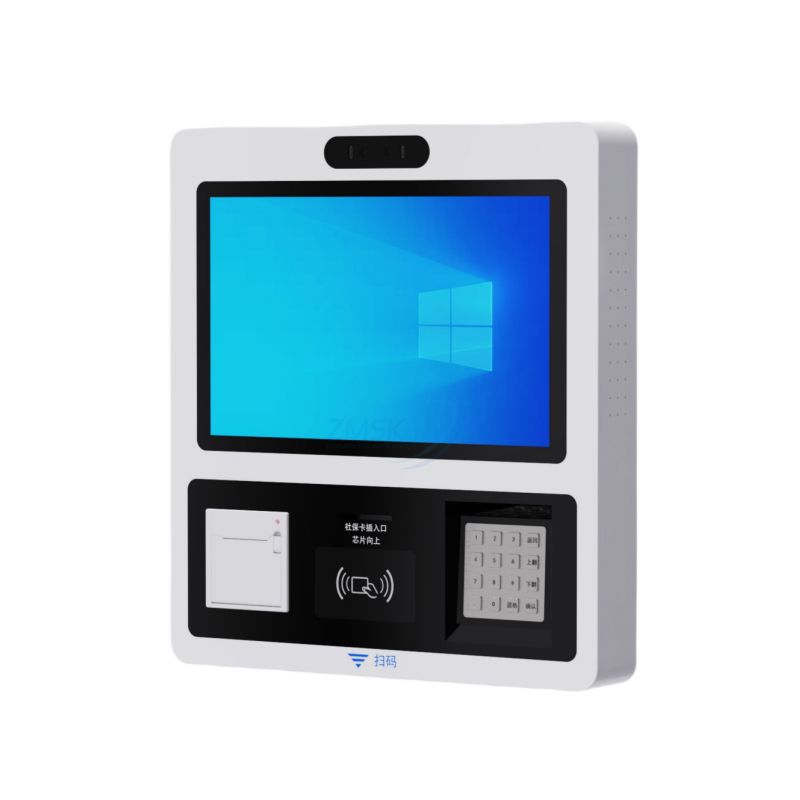Touch Screen Payment Kiosks for Hospitals & Healthcare
In the healthcare industry, providing efficient and convenient payment options is essential for patient satisfaction and smooth operations. Touch screen payment kiosks offer a modern solution that streamlines the payment process and enhances the overall patient experience.
Benefits of Touch Screen Payment Kiosks in Hospitals and Healthcare Settings
- Improved Efficiency: Payment kiosks allow patients to make payments quickly and independently, reducing wait times and freeing up staff to focus on other important tasks. Patients can complete transactions in a matter of minutes, without the need to stand in long lines at the cashier's desk.
- Enhanced Patient Experience: The user-friendly touch screen interface makes it easy for patients to navigate and complete payments. Kiosks can display clear instructions and prompts, ensuring that patients understand the payment process and can complete transactions with confidence. Additionally, kiosks can offer multiple payment options, including credit cards, debit cards, and mobile payments, providing flexibility and convenience for patients.
- Increased Security: Payment kiosks are equipped with advanced security features to protect patient information and ensure secure transactions. Encryption technology, secure payment gateways, and tamper-proof hardware help safeguard sensitive data and reduce the risk of fraud.
- Improved Cash Flow Management: Kiosks can process payments in real-time, providing immediate confirmation and reducing the risk of errors or delays. This helps hospitals and healthcare providers manage their cash flow more effectively and ensure that payments are received promptly.
- Data Collection and Analytics: Payment kiosks can collect valuable data on patient payments, preferences, and usage patterns. This data can be analyzed to gain insights into patient behavior, identify areas for improvement, and optimize the payment process.
Features of Touch Screen Payment Kiosks for Hospitals and Healthcare
- Touch Screen Interface: The kiosk features a large, high-resolution touch screen display that is easy to read and navigate. The interface is designed to be intuitive and user-friendly, with clear instructions and prompts to guide patients through the payment process.
- Multiple Payment Options: Kiosks support a variety of payment methods, including credit cards, debit cards, mobile payments, and cash. This provides flexibility and convenience for patients, allowing them to choose the payment option that best suits their needs.
- Receipt Printing: Kiosks can print receipts for patients, providing a record of their payment and transaction details. Receipts can be customized with the hospital's logo and branding, enhancing the professional image of the facility.
- Language Support: Kiosks can be configured to support multiple languages, making them accessible to a diverse patient population. This helps ensure that all patients can understand and complete the payment process easily.
- Integration with Hospital Systems: Payment kiosks can be integrated with hospital information systems, such as electronic health records (EHRs) and billing systems. This allows for seamless transfer of patient data and ensures accurate and up-to-date billing information.
- Accessibility Features: Kiosks can be designed with accessibility features to accommodate patients with disabilities. This may include features such as adjustable height, large buttons, and voice prompts.
- Security Features: Kiosks are equipped with advanced security features to protect patient information and ensure secure transactions. Encryption technology, secure payment gateways, and tamper-proof hardware help safeguard sensitive data and reduce the risk of fraud.
Implementation and Deployment of Touch Screen Payment Kiosks
- Site Selection: Choose strategic locations within the hospital or healthcare facility to install the payment kiosks. Consider areas with high foot traffic, such as waiting rooms, lobbies, and cashier's desks. Ensure that the kiosks are easily accessible and visible to patients.
- Training and Support: Provide training to hospital staff on how to use and maintain the payment kiosks. Offer technical support to ensure that any issues are resolved promptly. Additionally, educate patients on how to use the kiosks through signage and instructions.
- Marketing and Promotion: Promote the availability of payment kiosks to patients through signage, brochures, and online channels. Highlight the benefits of using the kiosks, such as shorter wait times and multiple payment options. Encourage patients to try the kiosks and provide feedback.
- Monitoring and Optimization: Continuously monitor the performance of the payment kiosks and gather feedback from patients and staff. Use this information to identify areas for improvement and optimize the payment process. Make adjustments as needed to ensure that the kiosks are meeting the needs of patients and the facility.
In conclusion, touch screen payment kiosks offer a convenient and efficient solution for hospitals and healthcare providers. By streamlining the payment process, enhancing the patient experience, and improving security and cash flow management, kiosks can help healthcare facilities operate more smoothly and provide better service to their patients. Consider implementing touch screen payment kiosks in your hospital or healthcare facility to improve patient satisfaction and operational efficiency.






